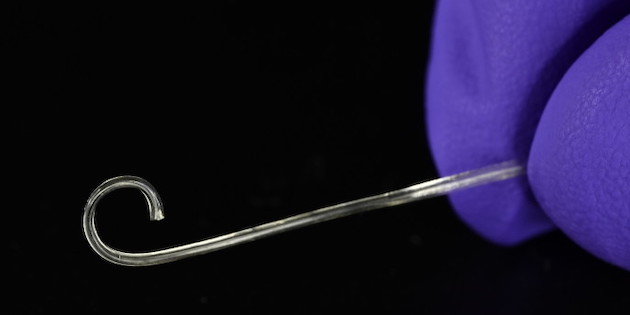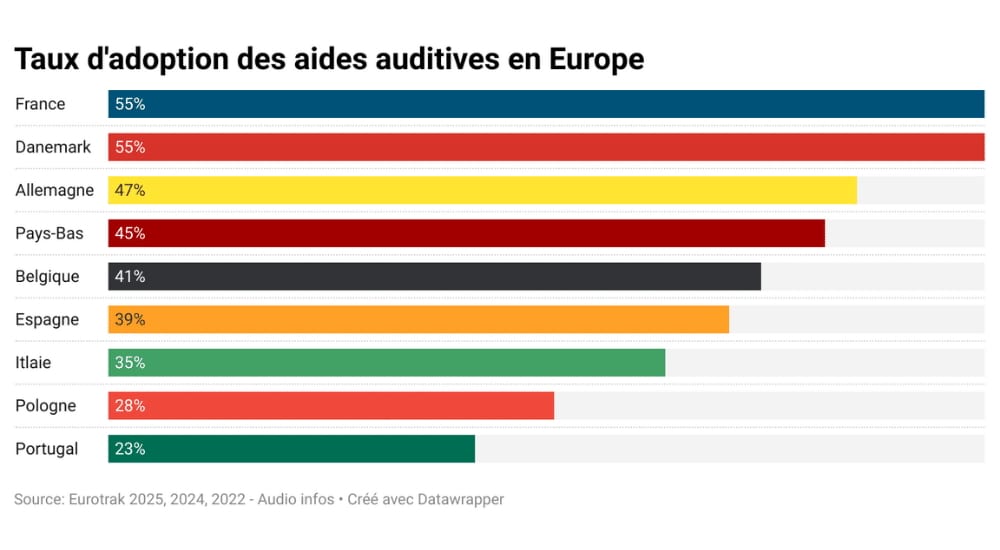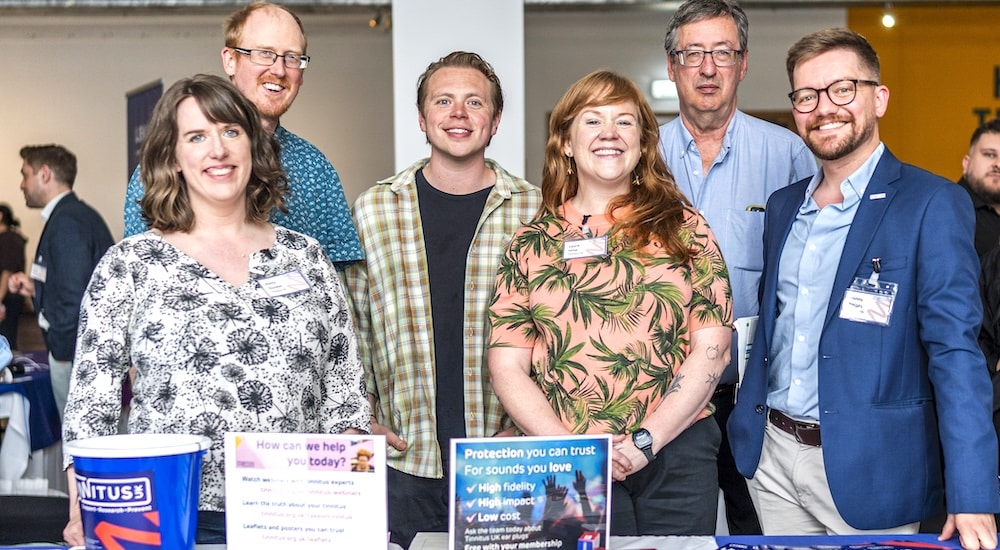London research envisages a future cochlear implant that self-curls into individual cochlea shapes
implants
The intriguing concept of a cochlear implant (CI) that self-shapes on insertion has moved an early step closer to materialisation, having successfully met simulation and analysis studies by its Imperial College proposers.

The London scientists behind the idea, which posits this functional atraumatic self-shaping CI as a smaller, easier-to-insert alternative to the current implant model for solving sensorineural hearing loss, suggest that the right material for a pre-curved implant could complete a perfect curl around a patient's cochlea in response to body temperature.
Modelling of an appropriate material through COMSOL simulation software, together with experimental tests, indicate that this "self-shaping" can be successful, with recovery forces in the CI being below the rupture threshold.
Further investigation
There is, of course, a long way to go. Next steps must explore recovery forces during insertion. The thrust of the proposal is the overcoming of current obstacles involved in CI surgery. An optimal insertion trajectory for the device would also have to be found, and robotic assistance will be needed to assess the device's potential in preserving residual hearing. A self-shaping CI prototype will have to be fabricated, and a robotic insertion system built for realistic testing of scenarios.
But the researchers say their concept has "shown potential to be eventually used in clinical practice and improve hearing outcomes seen at present".
"A significant advantage of the proposed implant is the reduction of size, insertion complexity, and insertion forces," the authors point out.
Source: Imperial College news site


